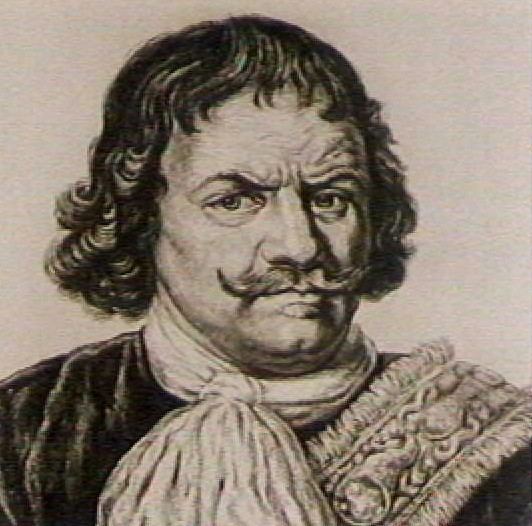 | ||
1666 (MDCLXVI) was a common year starting on Friday (dominical letter C) of the Gregorian calendar and a common year starting on Monday (dominical letter G) of the Julian calendar, the 1666th year of the Common Era (CE) and Anno Domini (AD) designations, the 666th year of the 2nd millennium, the 66th year of the 17th century, and the 7th year of the 1660s decade. As of the start of 1666, the Gregorian calendar was 10 days ahead of the Julian calendar, which remained in localized use until 1923. This is the first year to be designated as an Annus mirabilis, in John Dryden's 1667 poem so titled, celebrating England's failure to be beaten either by the Dutch or by fire. It is the only year to contain each Roman numeral once in descending order (1000(M)+500(D)+100(C)+50(L)+10(X)+5(V)+1(I) = 1666).
